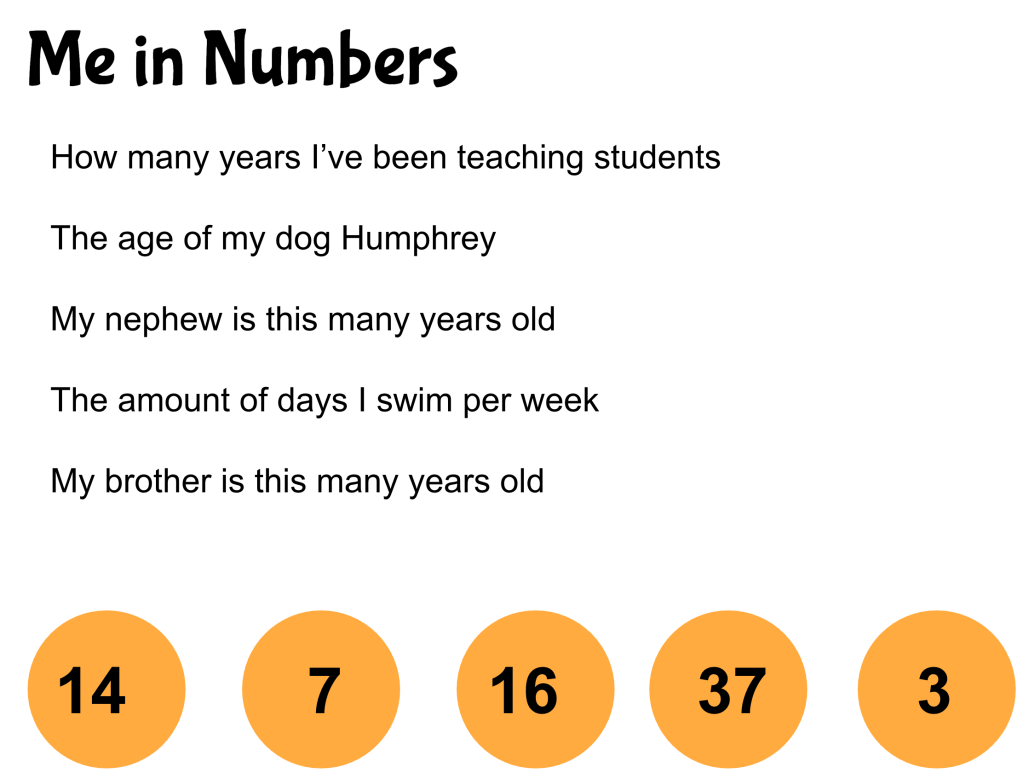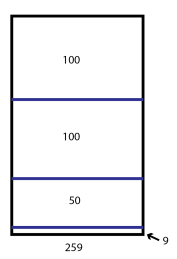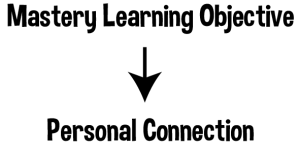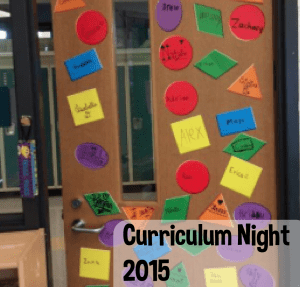
This past week I started working on my school website. It’s a journey every year, but this year is a bit different since my district adopted a new math text and quite a few of my links need to change. In the past I’ve posted homework, a few math strand practice sections, and class newsletters to my website. I’ve decided to change a few things up for the 18-19 school year. I’m nixing the homework section and adding a study guide piece. The reason I’m adding a study guide section is because I’m not thrilled with how it’s currently being used.
Study guides have been a sticky issue for me over the years. There are so many different ways that they’re used. My class tends to give and review a study guide a day before the unit assessment. Each teacher in my school uses them slightly differently, but the process usually follows this sequence:
1.) Students use class time to complete the study guide
2.) Study guide is reviewed by the class and teacher
3.) Students correct their answers and feedback is provided
3.) Students use the study guide to prepare for the test
It seems that most teachers use some version of a study guide or review before an assessment. Some teachers use games, while others go the paper and pencil route. I think it truly depends on the teacher and their students. This study guide process works well for many students, but I think it needs some tweaks and to a certain extent, improvements. This summer I’ve been reading Make it Stick and it affirms some of what I’m seeing when it comes to memory retrieval. Teachers want students to be able to retain what’s experienced in the class and giving a study guide with only that night to prepare isn’t as helpful as other strategies. I’m starting to become more critical when it comes to questioning study guide practices. I sent out a Tweet indicating my concerns.
Here are my issues:
- Students aren’t being given enough time to process what’s being discussed on the study guide
- Students aren’t benefiting from enough retrieval practices
- Students solely rely on the study guide to review for the test
- Students might not be engaged or they decide to copy the answers from their partner
- Students aren’t aware of how to study (this could be a whole different blog post)
- Students aren’t experiencing enough reviews throughout the unit
- The questions on the study guide are very similar to the actual test
I’m aware that some of these issues will occur regardless of the policies or procedures that are put in place. I’d like to specifically address the blue issues in this post.
- Students aren’t being given enough time to process what’s being discussed on the study guide
In order to give students more time to process the study guide I’ve decided to give the packet in advance. This requires more planning on my part (let the uploading and copying process begin!). I’m planning on posting the study guides on my school website and giving students a paper copy at the beginning of the unit. Students will have 4-5 weeks to finish up the study guide before the assessment. In addition, this will help students preview the learning, as Mary pointed out. It’s likely that some students will lose the sheet as they’ll need to hold on to it for about a month. That’s why I’m deciding to post the study guides. I’m also planning on having students code their work with a few self-monitoring strategies. I really like the completed, mistake, misconception, and correct coding. Occasionally the class will review concepts discussed on the study guide so that the class won’t have to wait until the last day before receiving feedback.
Giving students more opportunities to experience math has its benefits. Being more intentional in how retrieval practices look is important. I currently have specific exit cards and review checkpoints that are used for particular units. I’m planning on creating more and placing them strategically throughout the units. I’d like to give students multiple opportunities to address standards and receive feedback.
- Students aren’t experiencing enough reviews throughout the unit
Moving forward, I think students need to have the opportunity to review topics as the unit progress. The text my district uses has reviews, but the students need more opportunities to address skills that are taught at the very beginning, middle, and end of the unit. Like David said, I’m planning on adding deliberate interleaving of concepts to the study guide. That may add additional questions to the packet, but I think it’s worthwhile. I also need to keep in mind that students will have around a month to work on the packet.
- The questions on the study guide are very similar to the actual test
I’m conflicted with this. I think students should be aware of what skills are on the test and the format shouldn’t be a surprise. Being unfamiliar with the questions or format can cause anxiety. There’s already enough anxiety surrounding testing. I think sometimes giving questions that are too similar can cause students to be overconfident. I think there’s a balance, I just haven’t found it yet. I’m placing this bullet point in the ‘to be continued’ section.
From here, I’m currently updating my school site to include study guide materials. It’ll take a shift in expectations as I loop with many of my students and they’re not used to that process. Change is inevitable and I believe being aware and making a shift will benefit students. I’m looking forward to seeing how this process plays out and will write a post about it at some point.
SaveSave























 I first heard of criteria for success during a Skillful Teacher class that I took awhile back. This past year I’ve been experimenting with using it more frequently. I’ve been finding that the criteria for success communicates what meeting the standard looks like. It also tells students if the product that they created is good enough to meet the standard. I think of it has an expectation gauge. If students can recognize that they’ve met the criteria for success then they’re meeting the minimum expectation for that particular assignment. Josh Hattie has been quoted as saying a visual learning school is “when kids know what success looks like before they start.” See Hattie’s video
I first heard of criteria for success during a Skillful Teacher class that I took awhile back. This past year I’ve been experimenting with using it more frequently. I’ve been finding that the criteria for success communicates what meeting the standard looks like. It also tells students if the product that they created is good enough to meet the standard. I think of it has an expectation gauge. If students can recognize that they’ve met the criteria for success then they’re meeting the minimum expectation for that particular assignment. Josh Hattie has been quoted as saying a visual learning school is “when kids know what success looks like before they start.” See Hattie’s video 

